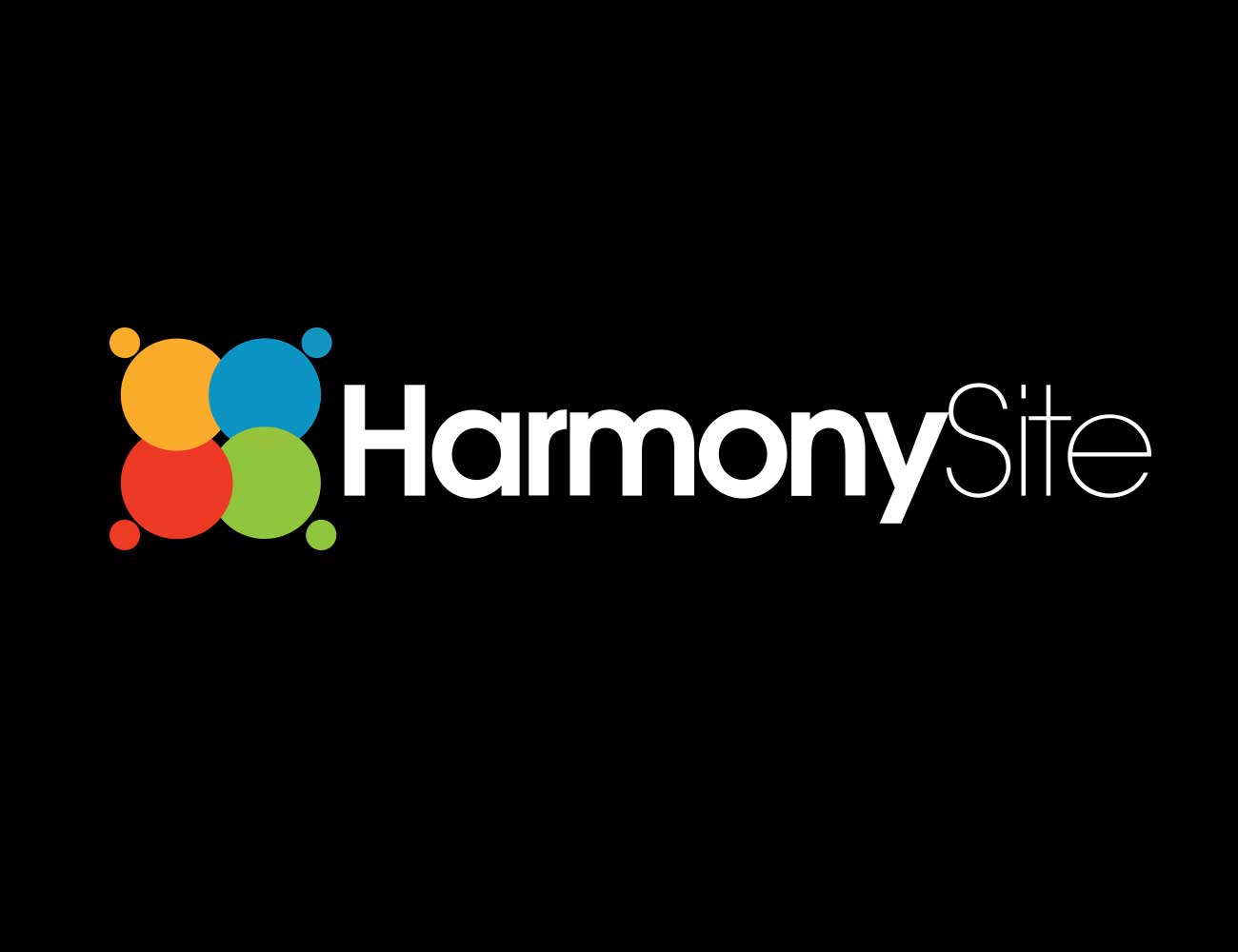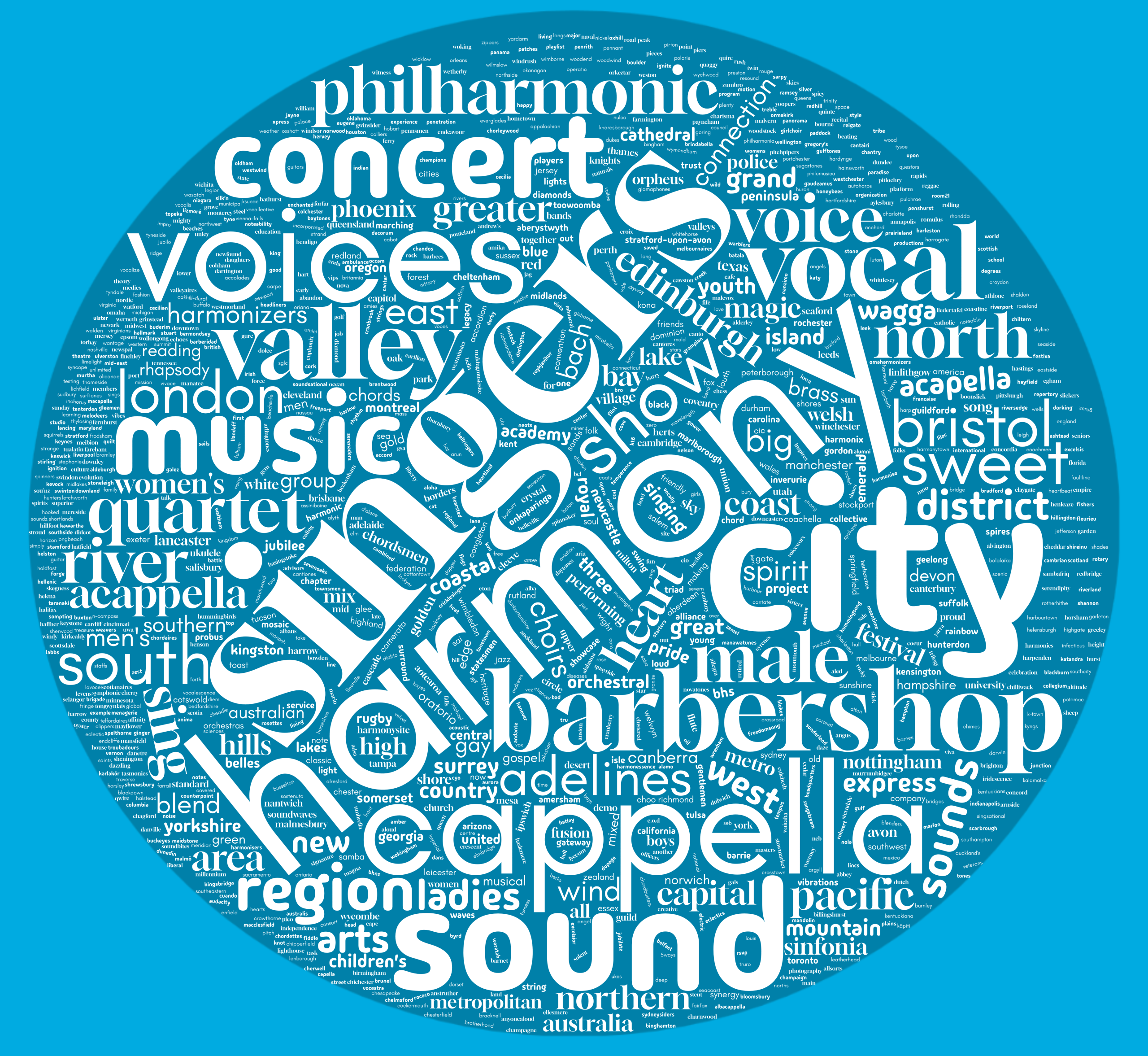
We are always working on adding new features to your HarmonySite website. Here are the latest new features added.
1. Custom/Friendly URLs (page addresses)
This has historically been one of the more glaring omissions of the HarmonySite platform – the ability for you to assign customised URLs (web addresses) to the pages in your HarmonySite.
For example, let’s suppose that the address of your HarmonySite is www.myharmonysite.com. The web address (URL) for your “Become a member” page might currently be something like www.myharmonysite.com/dbpage.php?pg=join. Note the “dbpage.php?pg=join” bit. Not a particularly easy address to remember. The new HarmonySite feature will allow you to specify that the URL should instead be www.myharmonysite.com/Become-a-Member. The original URL will continue to work, but will no longer be shown anywhere.
The benefit of this is twofold:
- The pages on your site will become more “SEO-friendly” (“SEO” means “Search Engine Optimisation”), meaning that they will be ranked higher in search engine (Google) search results
- The addresses of your pages will contain less gobbledegook and more English, and thus be easier to remember, and easier for others to interpret when you send them a link.
You can now “edit” each page and specify your own custom/friendly URL. Note that it is typically only meaningful to do this for public-facing pages. Members-only pages and admin pages don’t need this treatment. To change the custom/friendly URL for a web page, do the following…
- Ensure you’re logged into your HarmonySite as an administrator
- Navigate to the page that you’d like to change
- Scroll to the bottom and click the little “edit” button
- In the “Page Meta-Data” section, look for the new field called “Custom URL”. Enter a few words that describe the page. You can make it as long as you like, but more than six or seven words is probably starting to get a bit long. Note that URLs cannot contain spaces, so any spaces you enter will be automatically converted to hyphens (“-“). That’s a good thing! Don’t simply remove the spaces – it will negatively affect your page’s SEO ranking.
- Click the “Save” button. You will be returned to the original page. Note that if you look at the page’s URL, it will not appear to have changed. That’s normal. Instead, navigate to the page AGAIN (the way you did originally in (2) above). Once you’ve arrived at the page again, it should show the new URL.
As well as regular, public-facing pages (ones that have a little “edit” button in the bottom corner), this new facility will also work for events. If you have an event that you are looking to promote to the public, it will help the events visibility to give it a custom/friendly URL. Instead of a URL like www.myharmonysite.com/dbpage.php?pg=view&dbase=events&id=12345, you can give it a URL like www.myharmonysite.com/Christmas-2014-Concert
The process for creating the custom URL is similar:
- Ensure you’re logged into your HarmonySite as an administrator
- Visit the page that contains all the event’s details
- Click the “Update” button
- Click the “Public” tab
- Add some text to the new “Custom URL” field
- Click “Save”
IF you want to do all your public-facing pages in one go, there’s a new administration page for managing all your Custom URLs. Find this by clicking the new “Manage Custom URLs” link in the “Administration” box on your Members page.
2. Enhancements to Member Search and Member Groupings
These enhancements were requested by several HarmonySite users.
The list of criteria that can be searched on to find groups of members has been enhanced. You can now search by:
- State
- Postcode
- A variety of dates, including Registration date, Date of last payment, Expiry date, Date left, Date rejoined, and Date last updated. You can specify a date range, or simply a start date or end date.
The “Member Grouping” system has also been enhanced to use these new fields. The Member Grouping system is one of the most powerful yet least understood systems in the HarmonySite platform. If you understand how Member Groupings work, you can now define groupings such as…
- All interstate members
- All former members that ended their membership in 2012
- All prospective members from 2014, etc
3. Other Enhancements
- If a member has a home address entered in their profile, then their profile page now has a pop-up interactive Google map of their address. Just look for the little “map” link next to their address.
- There’s a new field for each song to store the song’s “Composer” (in case it’s separate from the Arranger).


